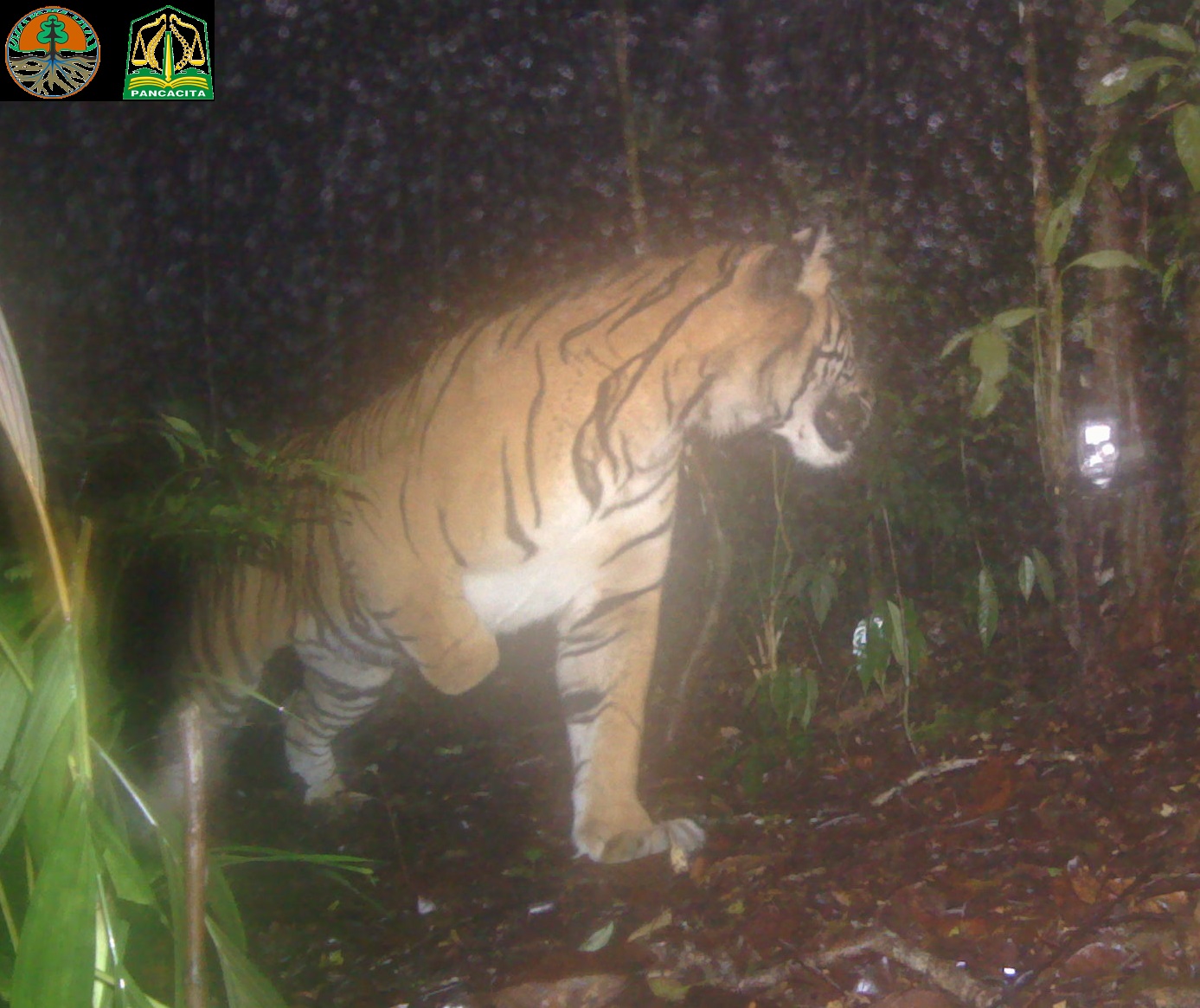Media release
From:
Conservation: Greater protection needed for critically endangered Sumatran tigers *IMAGES & VIDEO*
Camera-trap monitoring detected only 11 individual Sumatran tigers (Panthera tigris sumatrae) and no cubs between 2020 and 2022 in the Ulu Masen Ecosystem, Sumatra Island, Indonesia, reports a paper published in Scientific Reports. The high proportion of male tigers observed suggests severe levels of poaching are taking place, highlighting the urgent need for greater monitoring and targeted protection of this critically endangered species.
Sumatran tigers are one of the rarest tiger subspecies, with as few as 400 individuals left in the wild. However, up to 70 percent of tigers live in unprotected areas outside National Parks where population data is sparse. Ulu Masen is a key habitat for tigers but is not part of a National Park and has been insufficiently surveyed for tigers.
Joe Figel and colleagues conducted Ulu Masen’s first status assessment of Sumatran tigers and their prey — including sambar, serow, wild boar, and southern red muntjac — between 2020 and 2022 using data from 52 camera trap stations. Across 6,732 nights of recording, tigers were seen 39 times and the authors identified 11 individual animals: eight males, one female, and two of unknown sex. No cubs were seen during this period. Only three tigers were seen more than once — including a three-legged male — and none of the individuals observed in 2020 were seen again in 2022. Tigers were estimated to occur across 52 percent of the study area. Sambar, a key prey for tigers due to their large size, were seen at 21 camera locations, while muntjac were seen at 48.
Although the presence of 11 individual tigers suggests a sizeable number of tigers may still live in Ulu Masen, the lack of breeding females and the apparent high population turnover are not indicative of a healthy population. These traits generally indicate severe levels of poaching, according to the authors. They recommend the introduction of greater protections for tigers in this region, including the deployment of between 560 and 640 trained rangers. They also recommend more comprehensive camera-trap monitoring of tigers, specifically focused on identifying the sex of the animal
Multimedia





 International
International



